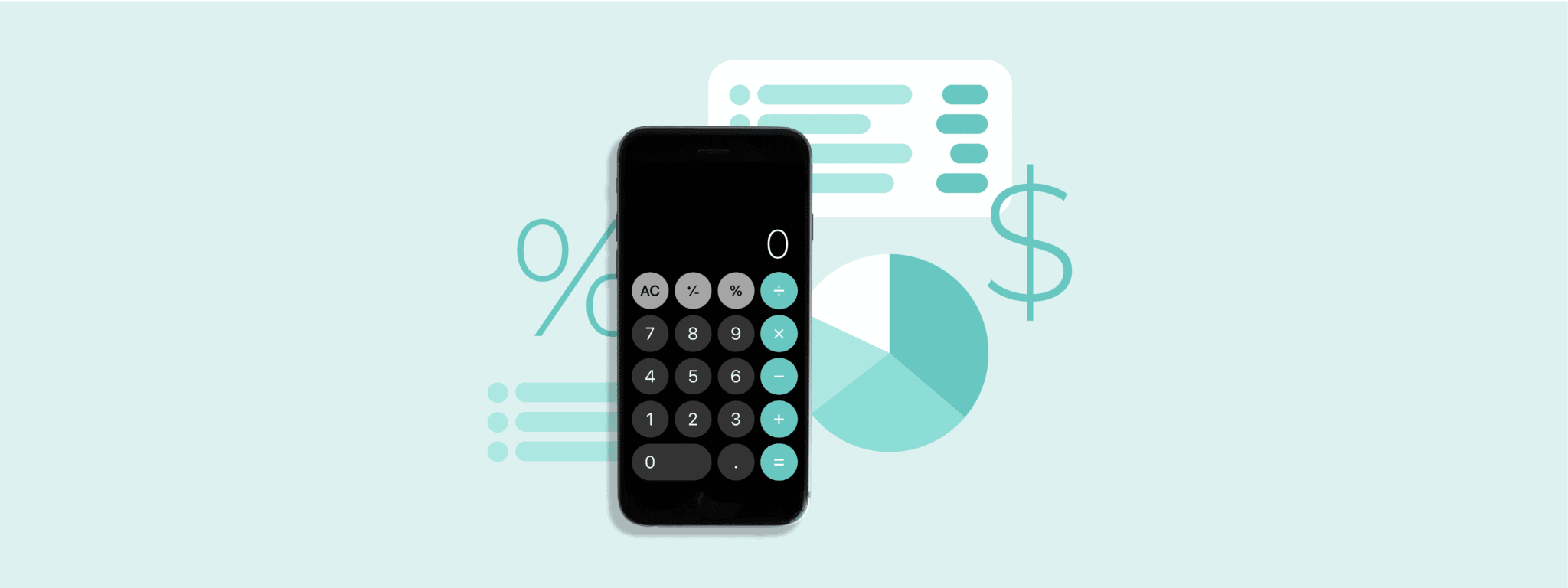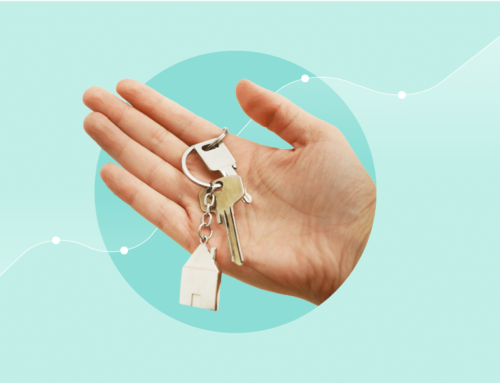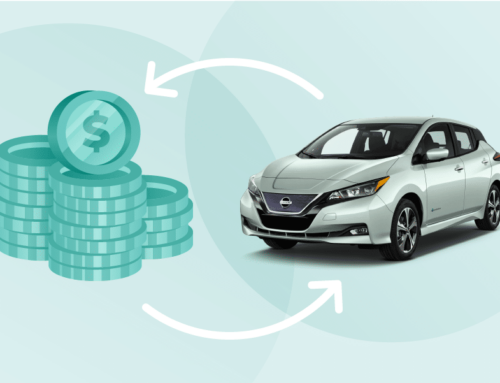It’s hard to mentally track our finances these days. Credit cards make it so easy to spend money and we can all easily overlook our weekly lattes or takeout. But sometimes, these small purchases can make or break our financial goals.
Creating a balanced budget is one of the best ways to track and stay in control of your finances—and ensure you live within your means. But what is a balanced budget? Should you create one? And if so, how do you build it? Let’s answer those questions today.
What is a Balanced Budget?
A balanced budget is a spending plan in which your expenses are less than or equal to your income. Balanced budgets are a great way to visually see what you’re spending your money on and where to pull back in order to avoid debt, pay off debt, and increase your savings.
In an ideal world, you should strive for a balanced budget with a surplus, rather than simply breaking even. This means your expenses are lower than your income and there’s extra money for your savings goals.
Of course, we understand that hitting a surplus may sound out of reach, but you’ll likely find some hidden expenses that can be reduced or removed. Also, don’t be so hard on yourself—we conducted a survey and over 52% of respondents haven’t created a budget. But by learning how to create a balanced budget, you can make sure you’re way ahead of the game.
Benefits of Having a Balanced Budget
Anyone can benefit from a balanced budget. It can help you hit your financial goals, whatever they may be! Maybe you’re saving up to make a big purchase, like a house or car. Or you want to pay off student loans. Perhaps you just want to gain better control of your monthly payments.
Below are some main benefits of a balanced budget. If any of these speak to you, then it’s definitely worth creating one.
- Helps you avoid or reduce debt
- Allows you to save money faster
- Males paying off debt easier
- Helps you pay bills on time
- Reduces your reliance on credit cards
- Helps you identify unnecessary expenses
- Prepares you for unexpected expenses
- Helps you feel in control of your finances
How to Create a Balanced Budget
Step 1: Add up your income
Take a look at all your sources of income for each month—employment, government benefits, investments, bonuses, and so on—and add them up. The total is the amount of money you have to work with.
If your income fluctuates, you could look at how much money you made last year and divide it by 12 to get a monthly estimate. Or, you could spend a few months tracking your spending before creating a balanced budget.
Step 2: Prioritize your fixed expenses
Now it’s time to start estimating your expenses. We recommend starting with your fixed expenses, which stay the same (or very similar) from month to month. Typically, fixed expenses are things you need for day-to-day living.
Examples are: rent, mortgage, cell phone, cable, internet, utilities, fixed loan payments, etc.
Step 3: Estimate your variable expenses
After adding up your fixed expenses, you should start jotting down your variable expenses. While these types of expenses are recurrent, they can change from month to month. Some may be necessary for day-to-day living, while others are disposable and could be reduced. (Tip: this could create an opportunity for increasing your surplus!)
Examples are: gas, groceries, meals out, entertainment, etc.
Step 4: Plan for occasional expenses
Of course, there are occasional expenses to account for, too. These may be expected or unexpected. While it may be tricky to estimate occasional expenses accurately, it’s important to be aware of them and reserve some of your budget for them.
Examples of expected occasional expenses are: birthday gifts, holiday gifts, insurance, clothing, vacations, etc.
Examples of unexpected occasional expenses are: car repairs, home repairs, medical bills, parking tickets, etc.
Step 5: Crunch the numbers
To see where you stand at the end of each month, subtract all your expenses from your income and see if you get a negative or positive number.
If your balance is negative, you’re spending more than you earn each month and have a balanced budget with a deficit. If this is the case, you should revisit your expenses and look for ways to cut back and increase your balance.
If your balance is positive, you’re spending less than you earn and have a balanced budget with a surplus. Congrats! You can put your extra income towards your savings, pay off debt, or even improve your credit with Marble’s Boost Loan solution. Boost is a unique subscription option, which utilizes a loan repayment structure that reports every month to the credit bureaus, positively impacting your credit score every time you make a payment.
Step 6: Review and adjust
As we share above, your budget may not balance out the first time you try it, so you’ll need to make some adjustments. That’s okay! For the first few months, it’s very common for people to make changes in order to find the sweet spot.
Balanced budgets can be revised as often as you need. Be patient with the process and you’ll see results!
Master your Balanced Budget with MyMarble
Budgeting isn’t easy. With these tips on how to create a balanced budget, you’re making moves in the right direction. But if you’re looking for extra guidance and support, we can help.
MyMarble is a financial wellness platform that offers step-by-step guidance on how to make a positive impact on your credit score, budget, and debt. Using AI, we offer personalized recommendations that fit your lifestyle—because everyone’s financial health, habits, and goals are different!
With Marble Premium, it’s a whole lot easier to master your balanced budget. Connect your MyMarble account to your primary bank account to track spending, receive expert advice, and more. Get started with Marble, today.
For more tips on how to manage your finances and live a debt-free life, read the articles from our experts on our blog.






